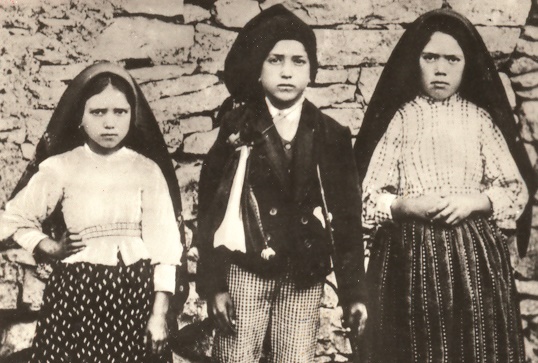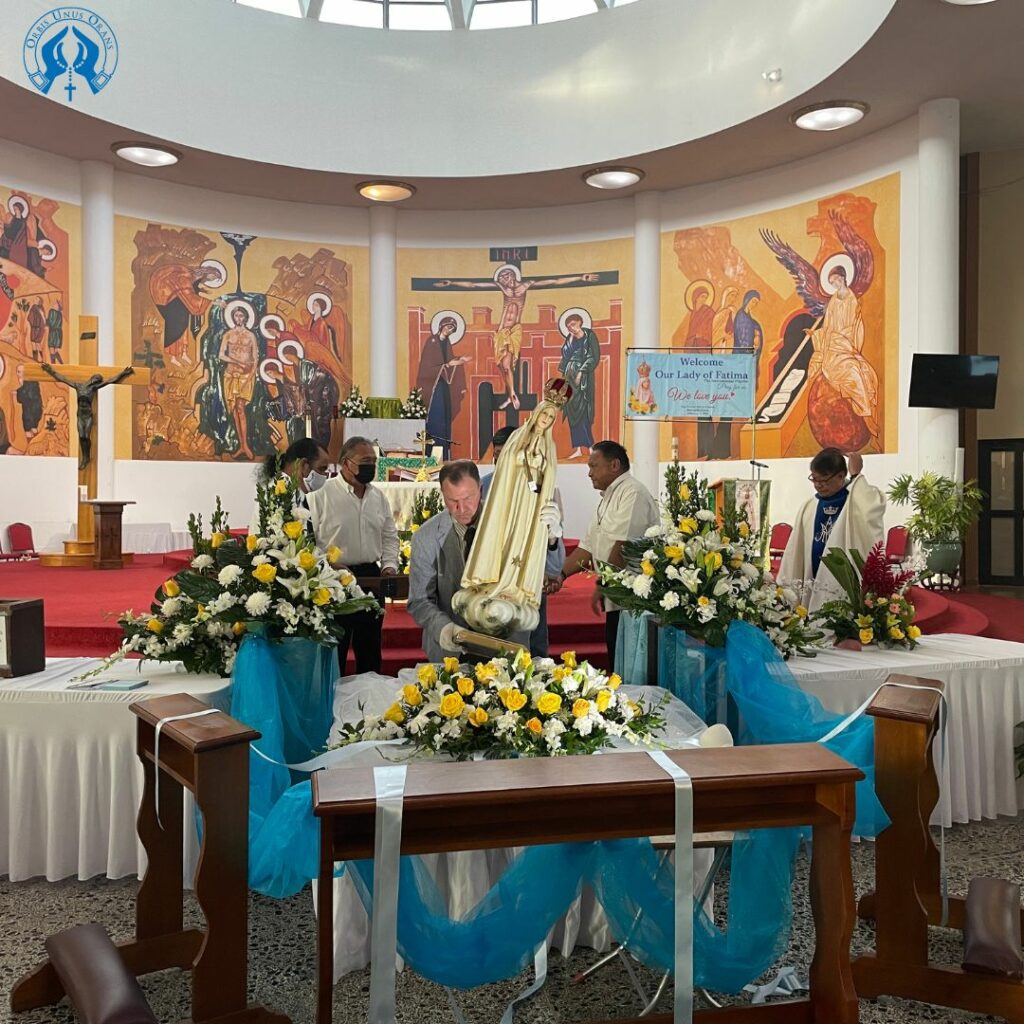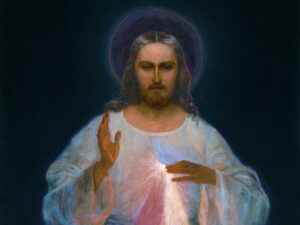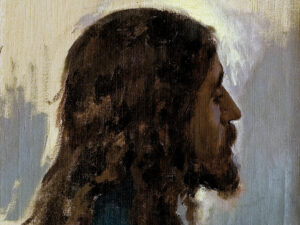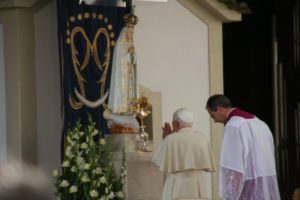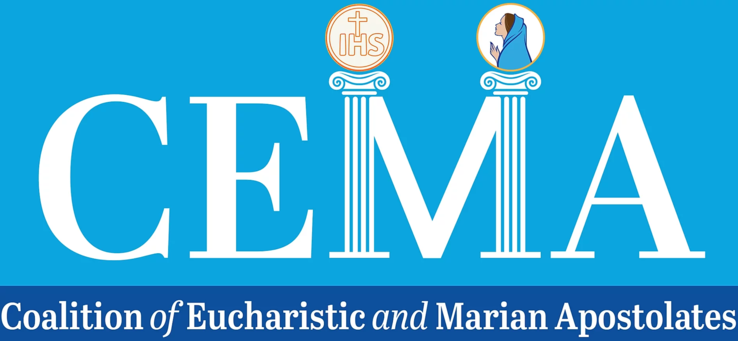by Donal Anthony Foley –


We have once again entered the season of Lent, a season of the Church calendar that is difficult for many Catholics. We have the feeling that we should be doing more, but under the pressure of modern life, and perhaps a degree of selfishness, we are reluctant to take on too much in the way of prayer and penitential activities. Words like “penance,” “mortification” and “renunciation” are intimidating.
The word “Lent” comes from the Anglo-Saxon word for “Spring.” We are aware that Lent is meant to be a time of “giving things up,” and also perhaps that Fridays generally are meant to be days of abstaining from meat. But we are influenced by worldly thinking, which views religious fasting and abstinence as “medieval” or austere, while at the same time applauding and promoting those new diets, such as intermittent fasting, for their physical attributes. The Church promotes fasting and abstinence, not for any particular physical benefits, but rather, for spiritual ones. Such practices enable us to focus more on God and prayer and less on our normally indulged bodies.
For Catholics, the current obligations for fasting and abstinence during Lent are as follows: On Ash Wednesday and Good Friday, both abstinence and fasting are obligatory for believers between the ages of 18 and 59. Abstinence here normally means abstaining from meat, while fasting refers to eating somewhat less than usual.
In addition, every Friday during the year, unless it coincides with a Solemnity – one of the more important feasts of the Church’s calendar – is also a day or abstaining from meat as a form of expiation for our sins. This is a way of commemorating Christ’s Passion and death on the Cross on Good Friday. Since He sacrificed His own flesh for us, we refrain from eating flesh – or animal meat – in His honor on Fridays; fish does not belong to this category. In addition, in former times, flesh meat was associated with celebration and rejoicing; whereas fish was not. But during Lent, many ordinary people had to do with red herring, which was cheap and plentiful, but heartily disliked because of its salty taste. Thus, it was truly penitential fare. This is why many Catholic countries and societies then, and still today, are strongly associated with not eating meat on Fridays.
Just prior to Ash Wednesday, we have what might be described as the “holiday period” of Carnival, a time particularly devoted in the past to general celebrations before the austerity of Lent commenced. The Italian version of Carnival is “Carneval,” derived from carne vale, that is, “farewell to meat.” This underlines the traditional Catholic practice of abstaining from meat during the whole of Lent and not just on Fridays.
Carnival would end at midnight on Shrove Tuesday, the day before Ash Wednesday, when people would traditionally be shriven, that is go to confession. The word “shrive” comes from the old English word for confession or absolution of sins. The expression “short shrift” refers to the practice of former times, when those about to executed were encouraged to make only a very brief confession.
The term Mardi Gras comes from French for “Fat Tuesday,” another reference to a period of eating, drinking and making merry, before Lent began.
The current regulations on fasting and abstinence came into effect following Vatican II. Prior to that, there was a long tradition of a much more severe regime of fasting and abstinence for Catholics, and indeed Wednesdays and Fridays were regarded as general fasting days in the early Church.
The practice of the faithful up until the eighth century was to eat nothing until sunset, and then the meal consisted only of vegetables and bread. This regiment was moderated around the 10th century, when the meal could be taken at noon, and later on, in the 15th century, an additional small meal, equivalent to a snack, or “collation,” was allowed in the evening. The term “collation” came from the monastic practice of having a small repast just before the readings known as conferences or collations. Over time, the name of the readings came to be applied to the small meal.
As time went on, the Lenten discipline was relaxed still further, but in the 16th century, the collation could still only contain no more than an ounce and a half of bread. By the beginning of the 19th century, during Lent, the faithful were permitted to have a small breakfast of bread and tea or another warm drink, a midday meal and an evening collation, which could include eight ounces of bread.
And so, there has been quite a bit of relaxation of the Lenten fast since earlier times. Catholics today would find it challenging to adhere to a strict 40-day regime comprising of one main meal and two smaller ones. But the 40 days of Lent are a memorial of the 40 days that Christ spent in the wilderness in prayer and fasting before beginning his public ministry. In the Bible, we find references to the 40 days and nights of rain at the time of Noah’s flood, the 40 years the Israelites spent in the desert before entering the promised land, and the 40 days fast of both Moses and Elijah. According to St. Jerome, the number 40 in the Bible is thus associated with affliction and pain.
Although Catholic adults under 60 are only obliged to practice fasting and abstinence on Ash Wednesday and Good Friday, there is nothing preventing anyone from doing a bit more. And perhaps at least on the Wednesdays and Fridays of Lent, we could emulate our Catholic forefathers and have only one main meal and two smaller ones – and even extend this to times beyond Lent.
Donal Anthony Foley is the author of a number of books on Marian Apparitions, and maintains a related web site at www.theotokos.org.uk. He has also written two time-travel/adventure books for young people, and the third in the series is due to be published later this year – details can be seen at: http://glaston-chronicles.co.uk


